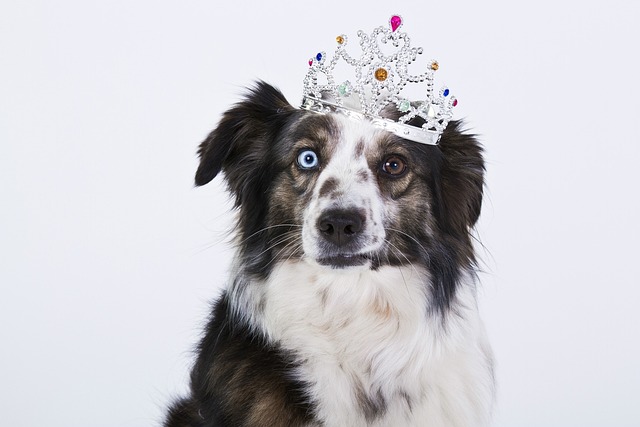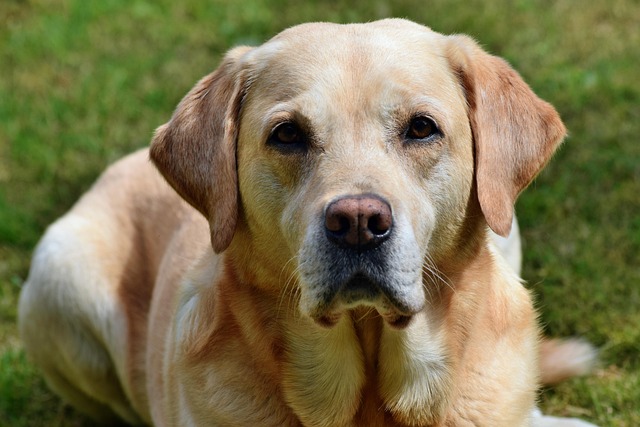
Do Corgis have hip problems?
Corgis, with their stubby legs and playful personalities, have stolen hearts worldwide, but their unique build raises questions about long-term joint health.
Many dog owners view nail trimming as a purely cosmetic chore, something to tackle when their pup starts clicking loudly on hardwood floors. But here's the uncomfortable truth: those overgrown nails aren't just annoying—they're quietly sabotaging your dog's health. Let's peel back the layers on why skipping this routine care can have consequences far beyond scratched furniture.
When nails grow too long, they force your dog's toes to splay unnaturally with each step. Imagine walking in shoes several sizes too small, with every stride sending pressure up your legs. That's precisely what happens when untrimmed nails alter a dog's gait. Over time, this misalignment strains joints, potentially leading to arthritis or chronic pain. The discomfort often manifests subtly—maybe your once-energetic retriever hesitates before jumping onto the couch, or your terrier starts favoring one paw during walks.
Then there's the hidden danger of the quick—the blood vessel inside the nail. As nails lengthen, the quick extends too, making future trims riskier. I've seen dogs develop ingrown nails that curl into paw pads, creating painful infections requiring antibiotics. In severe cases, neglected nails can even fracture, exposing sensitive tissue to bacteria. One veterinary study found that 23% of dogs with untreated overgrown nails developed secondary paw or bone infections within six months.
Behaviorally, the impacts are equally concerning. Dogs communicate discomfort differently than humans. A normally social golden retriever might snap when touched if long nails make paw-handling painful. Others develop anxiety around walking, associating hard surfaces with discomfort. I recall a dachshund patient who began refusing stairs—his owner assumed it was aging, but after a proper nail trim, he bounded up steps like a puppy again.
Veterinarians emphasize that nail care isn't optional maintenance—it's preventive medicine. Dr. Ellen Thompson from the ASPCA explains, "A dog's nails should barely touch the ground when standing. If you hear constant tapping, it's like wearing high heels 24/7—your body compensates until damage is done." She recommends checking nails every 3-4 weeks, as growth rates vary by breed and activity level. Urban dogs who walk on concrete may need fewer trims than suburban pups on grassy lawns.
For hesitant owners, here's a stress-free approach: Start by handling your dog's paws daily without clipping to build trust. Use guillotine-style clippers for small dogs or scissor-types for larger breeds, always keeping styptic powder on hand. Trim tiny amounts weekly rather than waiting for dramatic overgrowth. If your dog tenses up, try pairing trims with high-value treats—freeze-dried liver works wonders. And remember, most veterinary clinics offer $10-$15 nail trims if DIY feels daunting.
Ultimately, nail care is about respecting your dog's anatomy. Those claws evolved for traction and digging, not for modern floors and sidewalks. By keeping them properly maintained, you're not just preventing vet bills—you're giving your companion the gift of pain-free movement. After all, our dogs give us their best years; the least we can do is ensure every step feels comfortable.

Corgis, with their stubby legs and playful personalities, have stolen hearts worldwide, but their unique build raises questions about long-term joint health.

The liver is one of the hardest-working organs in a dog’s body, processing nutrients, filtering out harmful substances, and keeping their system balanced.

If you’ve ever stood in the pet store aisle, staring at bottles of dog vitamins labeled “immune support” or “shiny coat,” you might’ve wondered if your pup really needs them.

If you’ve ever thought about swapping your dog’s kibble for something homemade, you might’ve worried: “Will I get the nutrients right?”

If you’ve ever watched your dog tilt their head like they’re confused, or scratch at their ear until they whimper, you might be seeing signs of an ear infection.

Golden Retrievers, with their lush coats and playful spirits, often steal hearts in parks and homes alike. But that same thick fur that makes them so cuddly can sometimes be a double-edged sword when it comes to skin health.